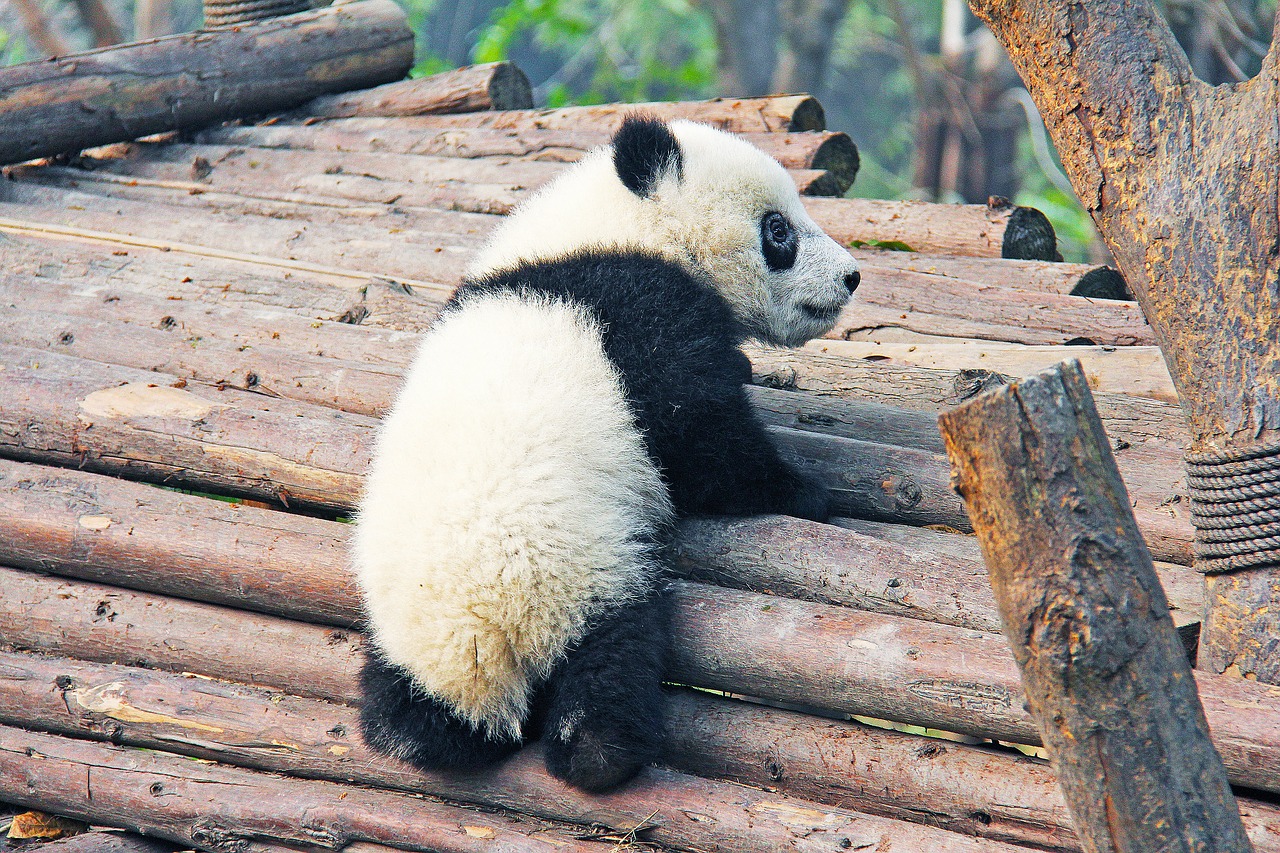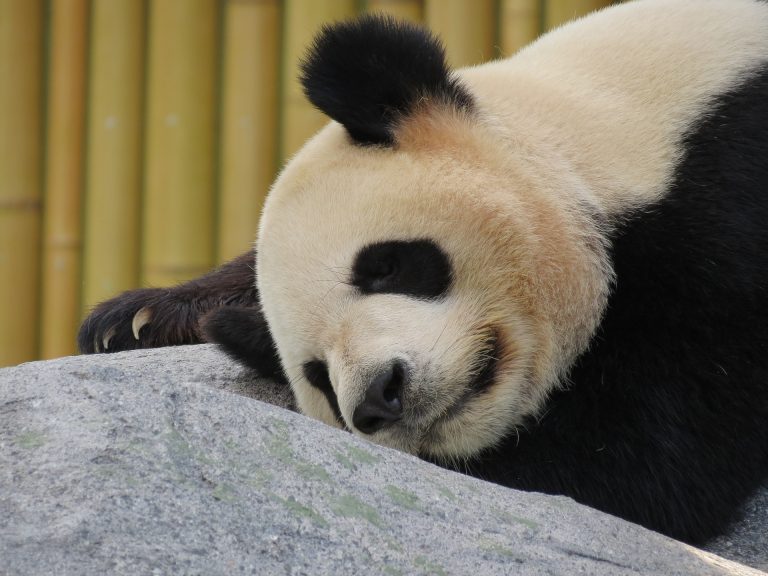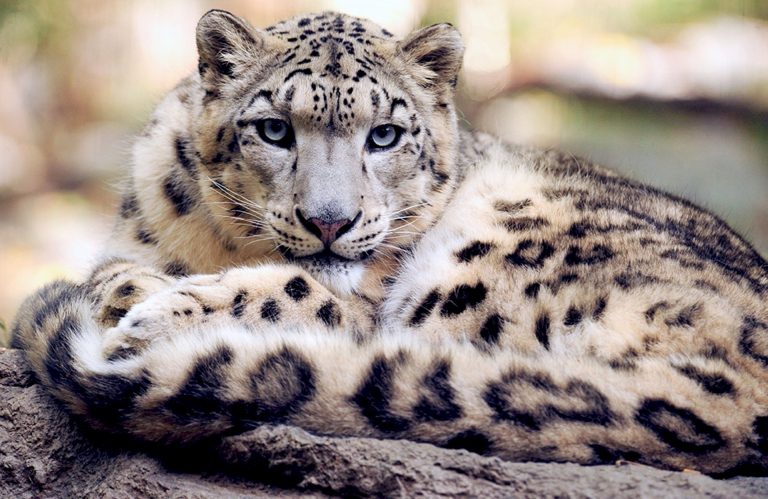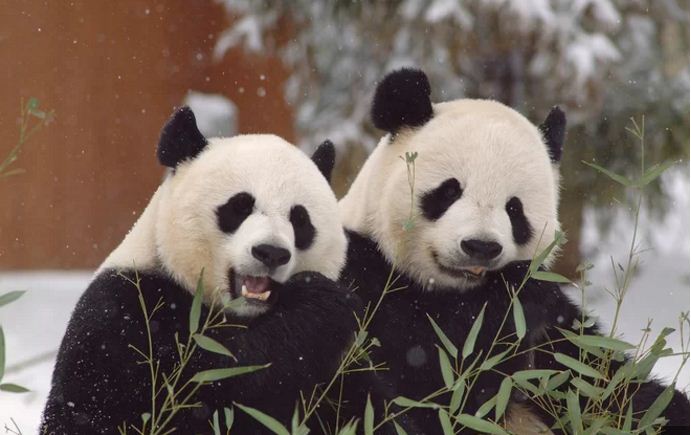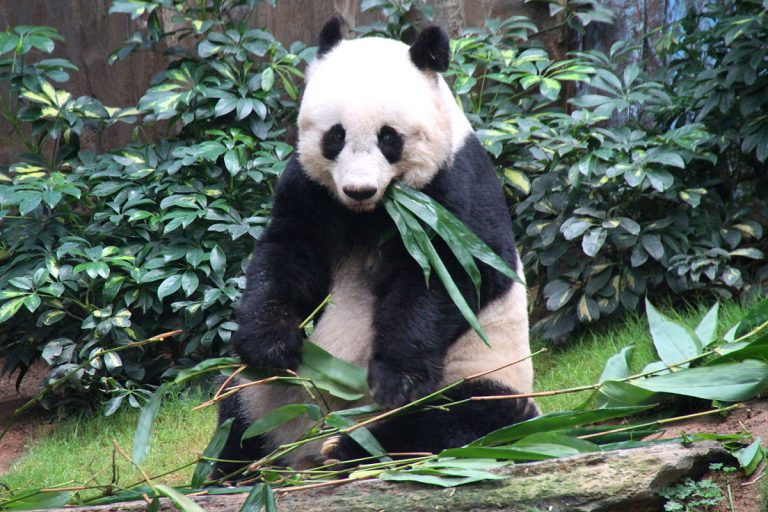What Caused The Giant Panda To Become Endangered In The First Place?
What Caused The Giant Panda To Become Endangered In The First Place?

The threat of extinction as regards the beloved giant panda became a reality that generated much concern in the international community and among conservation groups.
These creatures were exploited and hunted by humans to the extent that they are now restricted to just a handful of areas in their native China.
Today, though this animal has been downgraded from Endangered to Vulnerable by the IUCN, there are still fewer than 2000 of them in existence and this sobering fact leads us to question why there are so few of them left.
Here are the reasons why the giant panda became endangered.
Rapid Climate Change
Giant Pandas are an old species, and many of their prehistoric ‘mates’ became extinct a long time back. While climate change occurring many thousands of years ago wiped out some types of animals including saber tooth tigers, the giant panda survived till the present age.
However, in the modern era, the onslaught of climate change shrunk suitable habitats and this caused the giant panda to rapidly decline in numbers.
Hunting
Many of these creatures were hunted and poached by people and this led to a sharp decline in their numbers. Though there are very strict laws meant to protect this species, often dishonest people still hunt these animals secretly and the result was devastating.
Giant Panda Habitat Destruction
One widespread threat to the giant panda has been forest clearing.
Forests are cleared for many reasons. Most forests are cleared to make way for urbanization. Or, the forests may be cleared to mine or harvest natural resources. But due to continuous and uncontrolled forest clearing, the space for this bear repeatedly shrunk.
As a result, you don’t get to see many of them because there aren’t many left in the wild.
Since the giant panda typically eats mainly bamboo shoots, the clearing of bamboo forests was a big blow to the species.
Scattered Habitats
Loss of size of habitats was not the only problem for the giant panda. Their habitats are scattered across the land. Therefore, the giant panda were often compelled to stay far from each other. This, of course, reduces the chances of breeding and thus, fewer cubs were born.
Inbreeding And Low Birth Rate
Because of the decreasing numbers and difficult conditions, the giant panda began to inbreed. This caused deterioration in the genetic pool of the species. That further harmed the giant panda population.
Also, the species tends to produce less numbers of offspring. Unlike many animals that produce large litters, a giant panda produces no more than two cubs at a time. Also, the giant panda tends to have a longer reproductive cycle, and females can only get pregnant within a 2 – 3 day window every spring!
Weak Newborns
Newborns of this species are very delicate, and even when things are fine, the survival rate of the newborn panda is very low. While efforts are always made to save as many infant panda as possible, many newborn cubs die within a few days of birth. This also led to further loss of numbers in the panda population.
With their natural aversion to going long distances to find mates, and low birth numbers, it was only a matter of time before this animal became endangered. In addition, the delicate condition of newborn pandas, and the loss of habitat also added to the problem.
Though there has been much effort made to save them, there is still a lot to achieve. Hopefully, this beautiful bear will move from Vulnerable to Least Concern as soon as possible.
Now, that would be great news indeed.
References:
1. https://www.worldwildlife.org/stories/giant-panda-no-longer-endangered
2. http://www.iucnredlist.org/details/712/0
Photo Credits:
https://pixabay.com/en/black-and-white-adorable-1711000/

